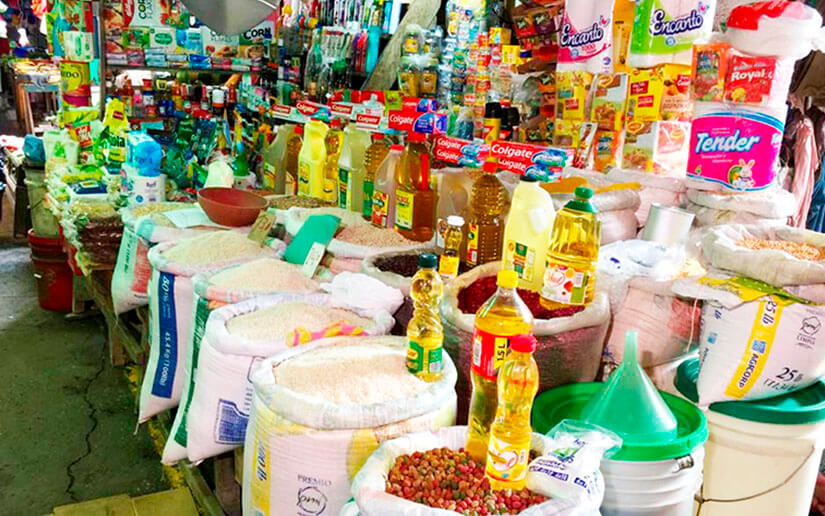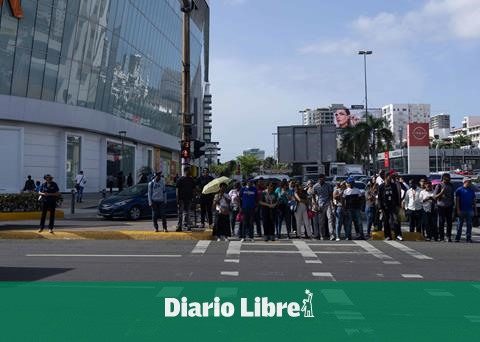The increase in the prices of food products falls on all households in the country; however, the households with the lowest incomes – those that receive less than C$10,000 córdobas per month – are the ones that suffer the highest increases.
The rise in food prices will have its most severe impact on vulnerable households, and the increase in fuel prices will hurt the poorest. The poorest population currently suffers the highest cost due to inflation. We see that income poverty is growing more.
In the relationship between food expenditure and monetary income, households with the lowest incomes have low diversity in consumption, since they allocate more than 60 percent of their monetary income to food purchases. By contrast, households with the highest income spend on average less than 20 percent of their monetary income for food consumption.
Related news: Nicaragua’s basic basket rises almost 300 córdobas in January
In Nicaragua, food products have become more expensive because the country imports cereals, legumes and basic grains at high prices, since domestic production does not cover local demand. The high dependence on staple foods to cover much of the national demand makes the country highly vulnerable to an international market where prices are rising.
After the COVID-19 pandemic was declared, lockdowns around the world affected supply chains, causing consumer prices to begin to climb, as investors in financial markets pushed international commodity prices higher. record returns.
Companies and supermarkets have already reflected in their margins the pressure of rising inflation. And it is that to protect their profit margins (the amount of money that is earned or lost from the sale of a certain product or service), producers and merchants always transfer the costs of their inputs, so that consumers pay the bill final.

















